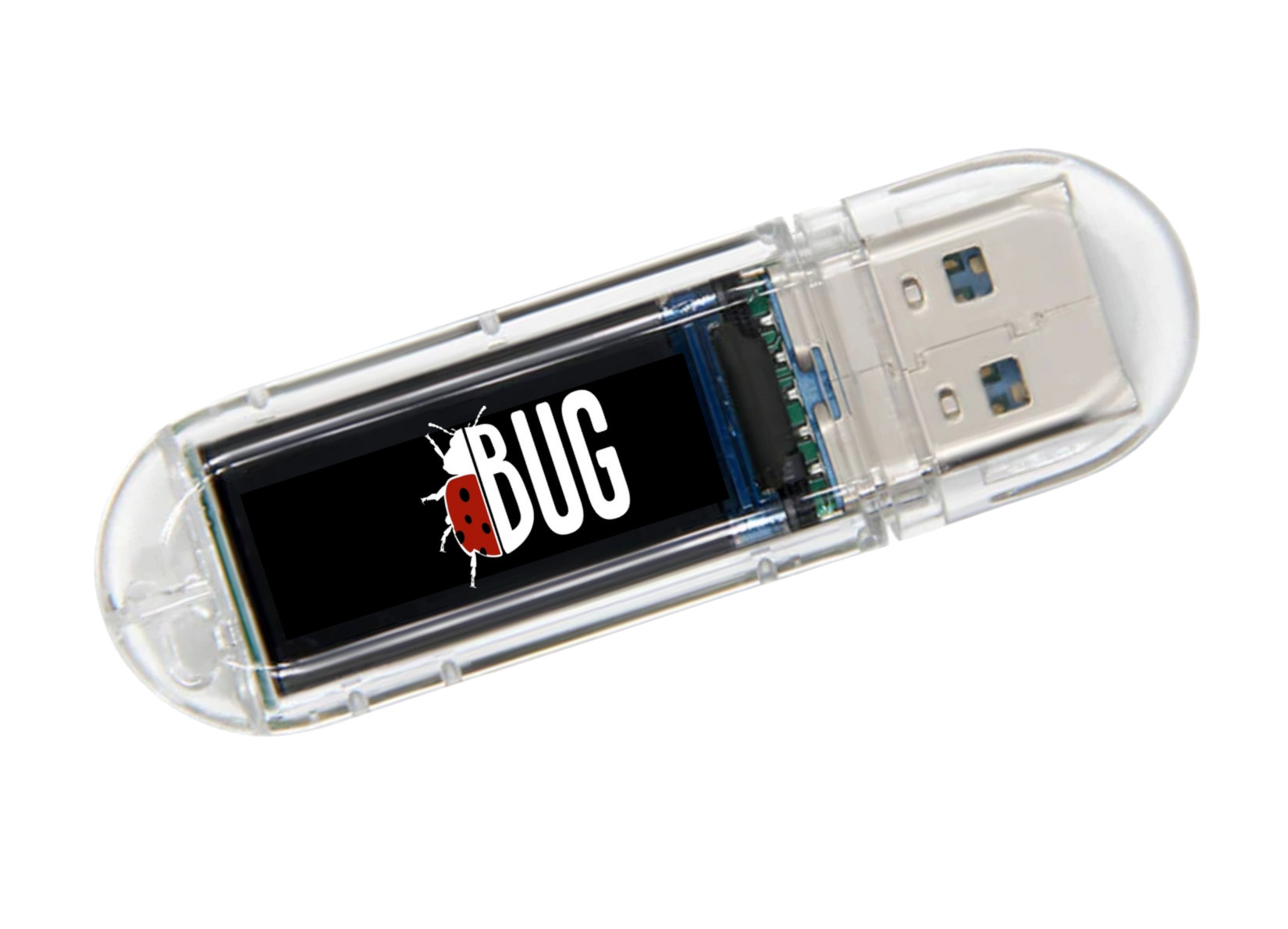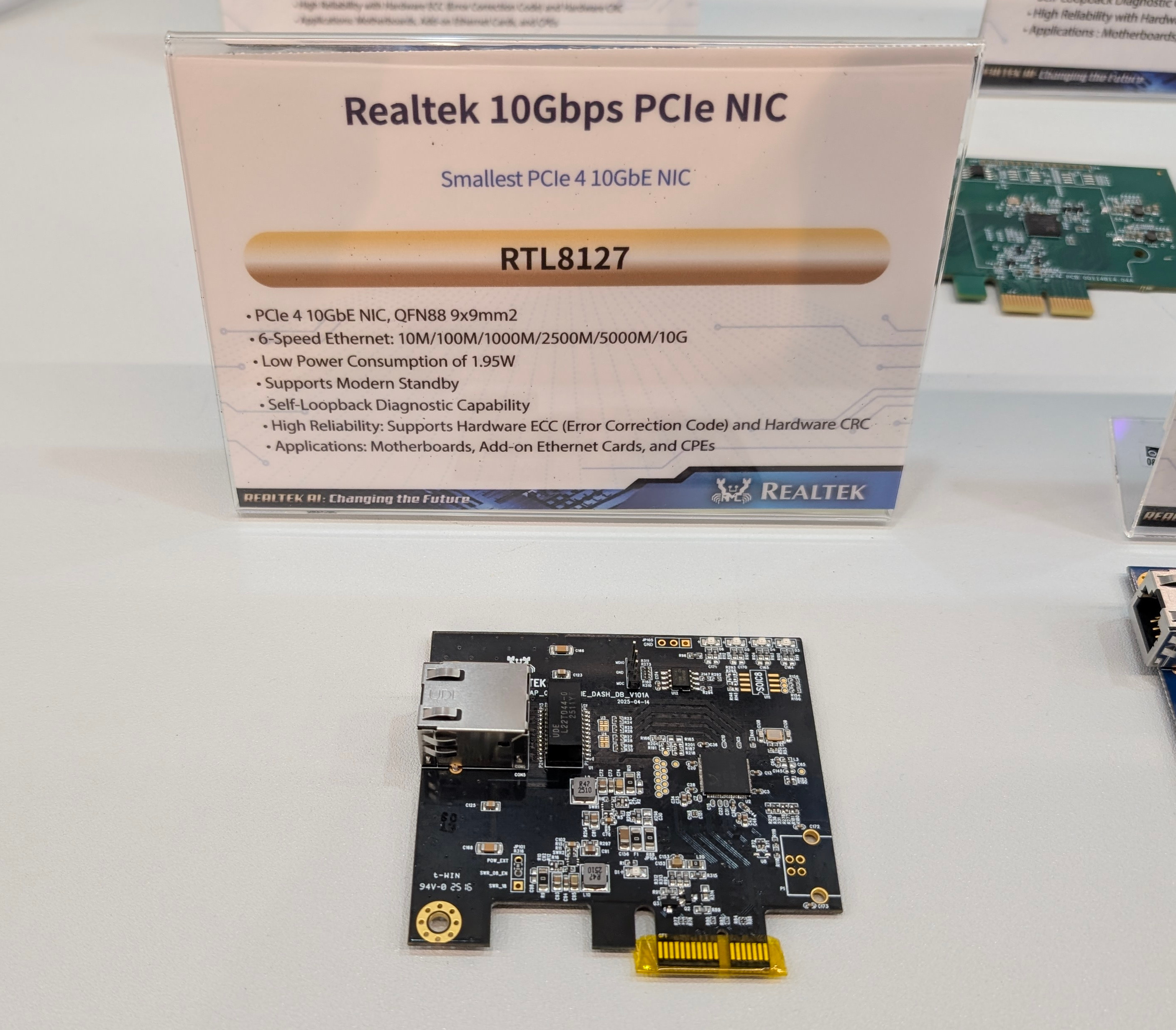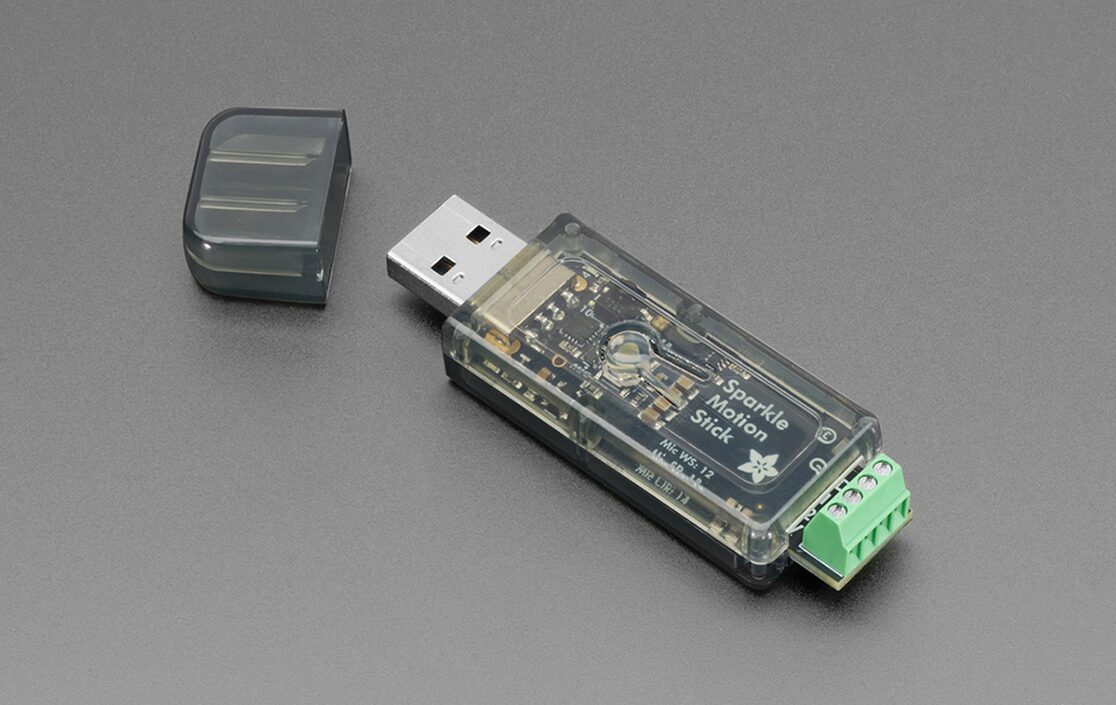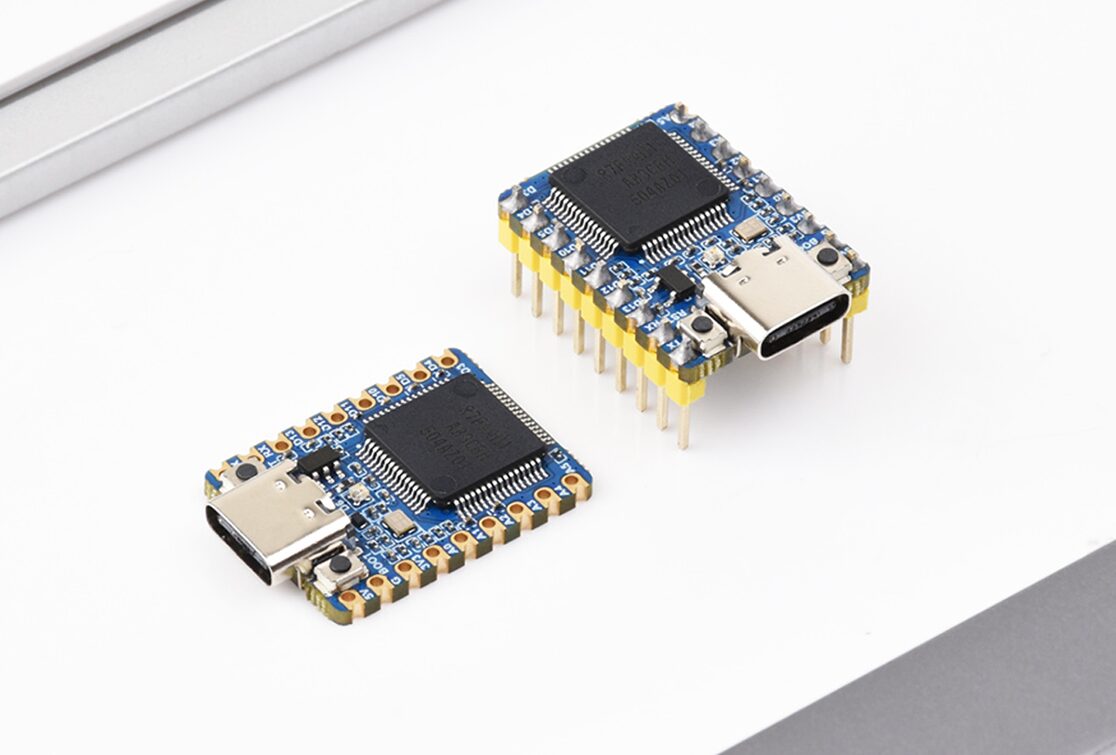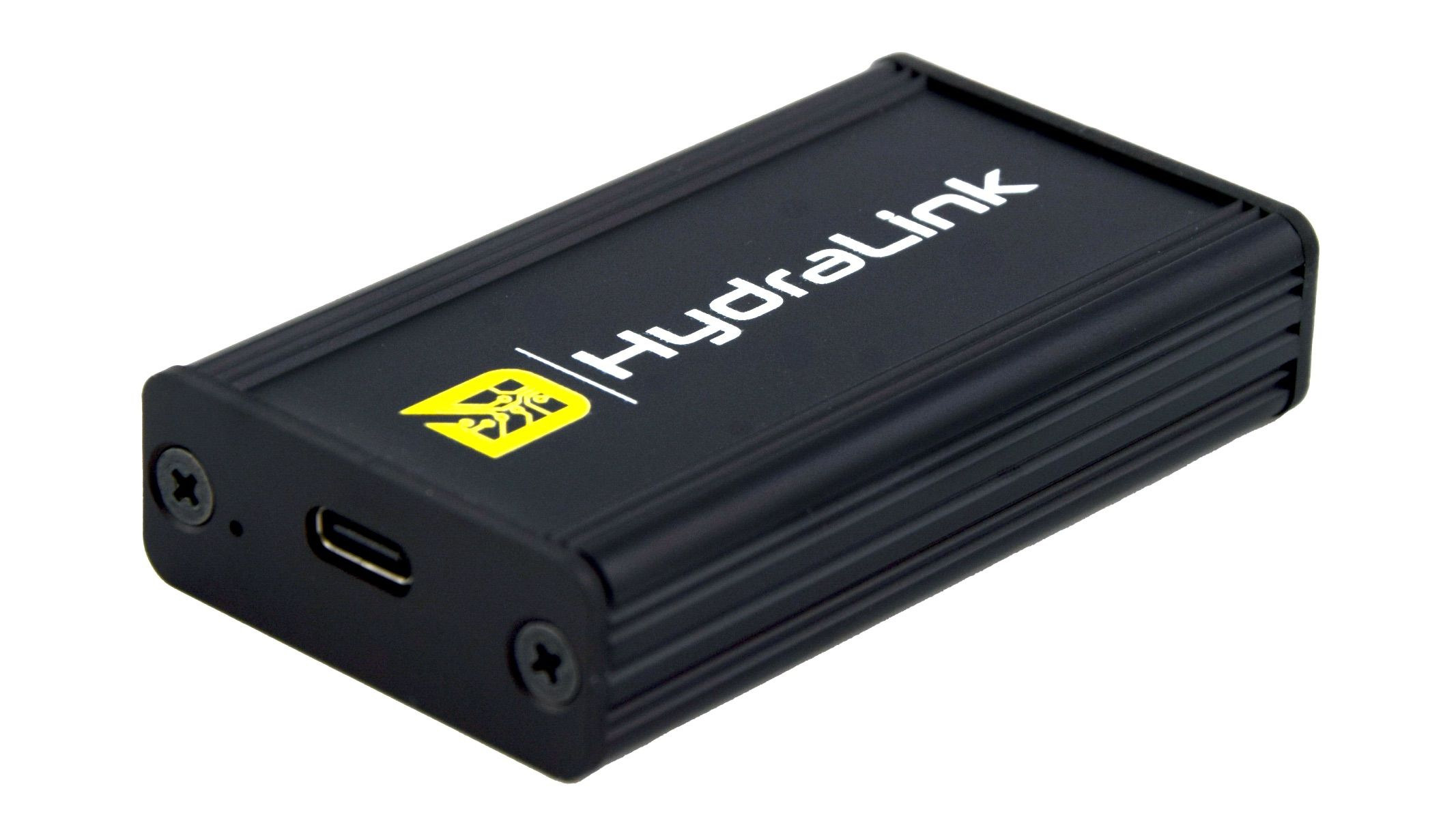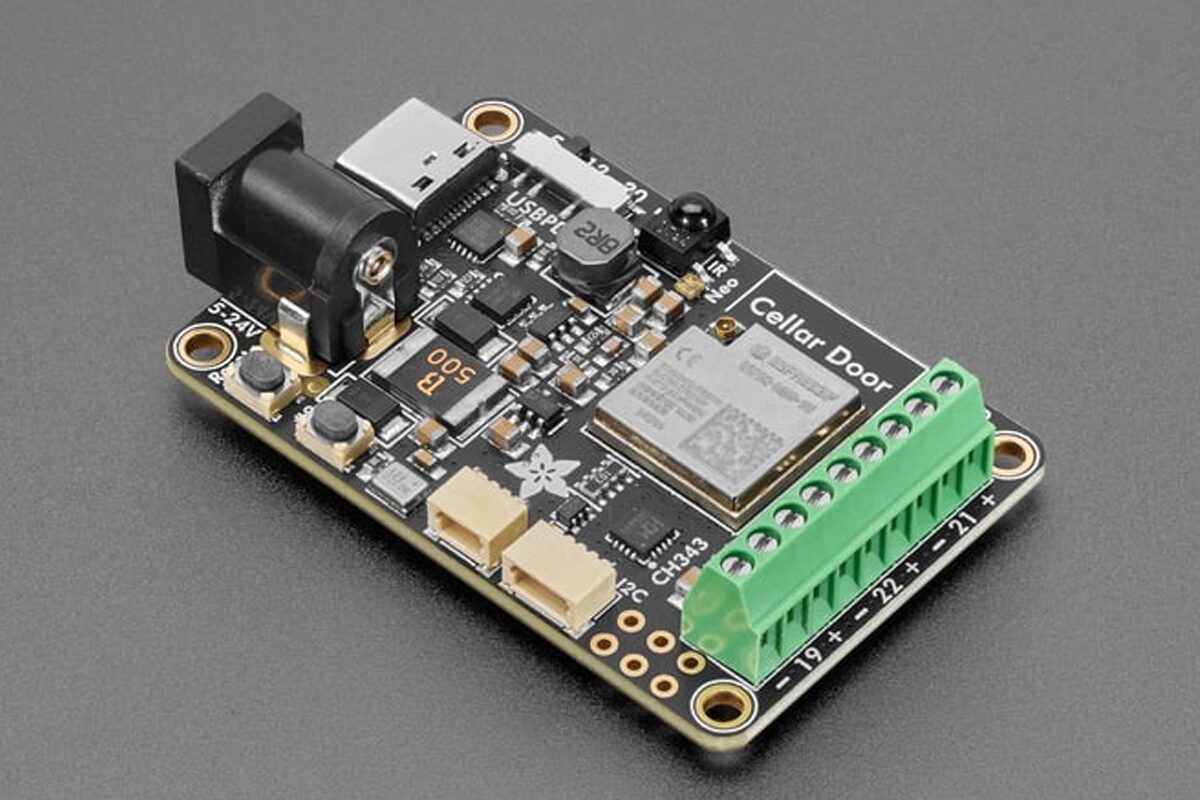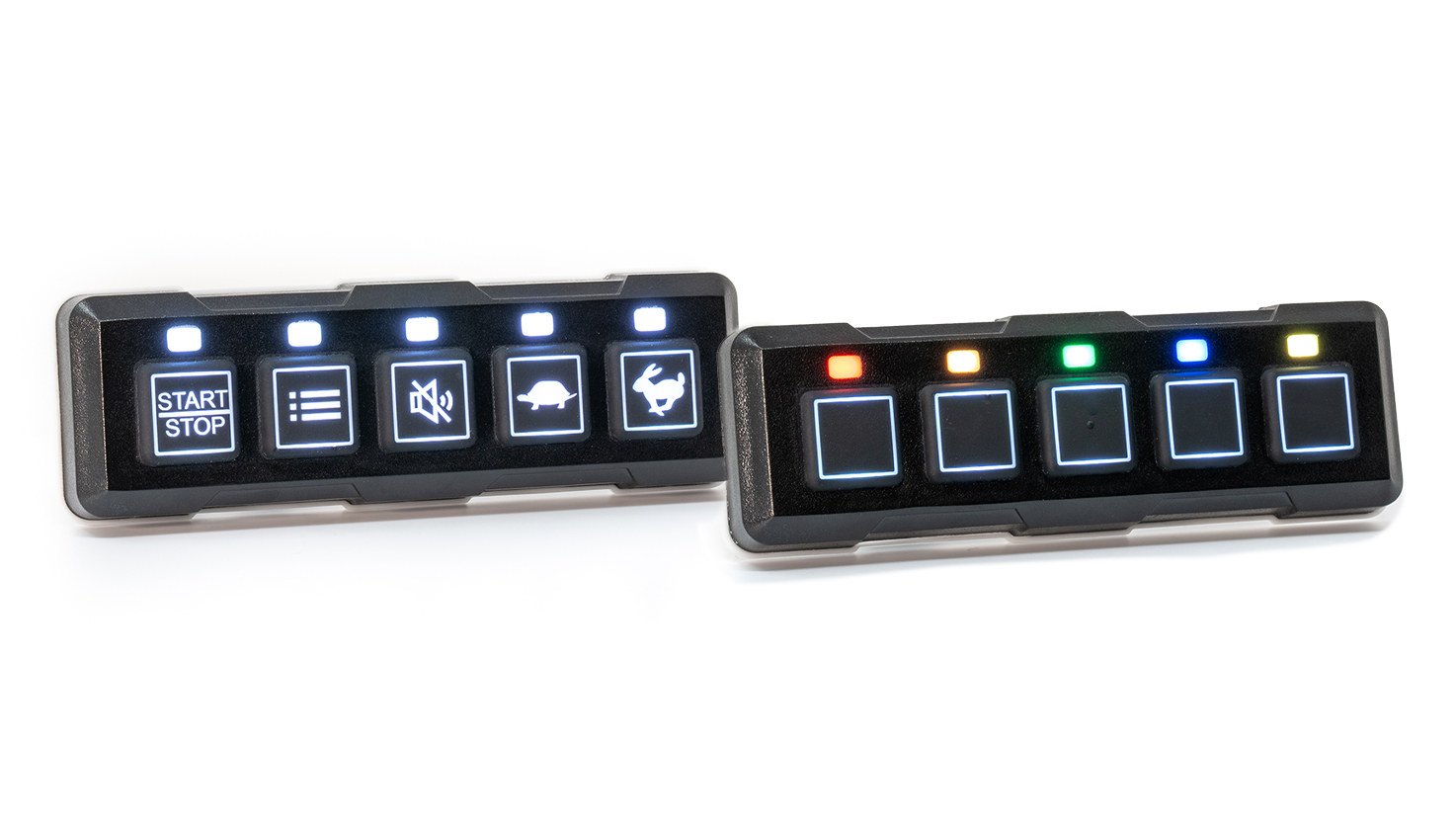Tarun’s BUG is a USB stick with a small display described as an “AI-powered Ethical Hacking Device”, supporting voice control, and offered with either a Raspberry Pi RP2040 dual-core MCU, Espressif Systems ESP32-S3 wireless SoC, or STM32F411 Cortex-M4F microcontroller. The device also features a microSD card for storage, and WiFi and BLE connectivity for the ESP32-S3 version. The BUG is said to offer “cutting-edge HID injection capabilities” (e.g. keyboard/mouse emulation) with wireless control and ChatGPT integration. It is made for ethical hackers, cybersecurity trainers, tech educators, and DIY makers. BUG specifications: Microcontroller (one or the other) Raspberry Pi RP2040 dual-core Cortex-M0+ microcontroller @ up to 133 MHz with 264KB SRAM Espressif ESP32-S3 dual-core LX7 microcontroller @ 240MHz with vector instructions, 512KB SRAM, WiFi 4 and Bluetooth 5.x connectivity STMicro STM32F411 Arm Cortex-M4F MCU @ 100MHz with 512KB Flash, 128KB SRAM Storage – MicroSD card slot inside the USB Type-A port […]
ESP32-P4 development board features 3.4-inch or 4-inch round IPS touchscreen display
Waveshare ESP32-P4-WIFI6-Touch-LCD-3.4C and ESP32-P4-WIFI6-Touch-LCD-4C ESP32-P4-based development boards feature a 3.4-inch and a 4-inch round IPS display, respectively, a 10-point capacitive touchscreen, and a wide 170° viewing angle. They also integrate two microphones with echo cancellation for voice AI applications and offer Wi-Fi 6 and Bluetooth 5 (LE) connectivity via an ESP32-C6 module. Designed for AIoT and HMI projects, the boards also include USB ports, a camera connector, a speaker connector, and a microSD card slot. Target applications include Smart Home control panels, voice-controlled interfaces, digital dashboards, indoor environmental monitoring, PC performance monitoring, and other secure IoT and edge computing applications. Waveshare ESP32-P4-WIFI6-Touch-LCD-3.4C/4C specifications Main module – ESP32-P4-Core Module Microcontroller – ESP32-P4NRW32 MCU Dual-core RISC-V microcontroller @ 400 MHz with AI instructions extension and single-precision FPU Single-RISC-V LP (Low-power) MCU core @ up to 40 MHz GPU – 2D Pixel Processing Accelerator (PPA) VPU – H.264 and JPEG codecs support Memory – […]
Realtek RTL8127, RTL8159, and RTL8261C will power low-cost, efficient 10 Gbps Ethernet cards, USB adapters, and switches
Realtek showcased RTL8126, RTL8157, and RTL8251B 5 Gbps Ethernet solutions at Computex 2023, and the first Realtek RTL8126 5 Gbps Ethernet PCIe and M.2 adapters were introduced in 2024, shortly followed by RTL8157 5GbE USB 3.2 adapters. The company has now unveiled upgraded solutions for 10 Gbps Ethernet networking at Computex 2025 with the RTL8127 10GbE PCIe controller and variants, the RTL8159 10GbE USB 3.2 Gen 2×2 controller, and the RTL8261C PHY for 10GbE switches. Realtek RTL8127 10GbE PCIe NIC Realtek RTL8127 specifications: Ethernet – 10Mps, 100Mps, 1000Mps, 2500Mps, 5000Mps, and 10Gbps Host interface – PCIe Gen4 Features Modern standby Self loopback diagnostic Hardware ECC and CRC Power consumption – 1.95 Watts Package – 9×9 mm QFN88 The Realtek RTL8127 will be found in PCIe and M.2 cards, or directly soldered on motherboards or CPEs. The good news is the low power consumption, which should make cooling easier and cheaper […]
Adafruit Sparkle Motion Stick – A compact ESP32-S3 USB WLED controller board with dual 5V LED outputs, an I2S Mic, and a snap-fit enclosure
Adafruit has recently released the Adafruit Sparkle Motion Stick, a compact, WLED-friendly Neopixel USB controller board built around an ESP32-S3 Module designed for audio-reactive LED projects, cosplay props, holiday lighting, and more. The module comes with a USB Type-A port for programming and power input (5V, 2A max), and a simple enclosure for protection (not weatherproof). It includes a built-in I2S microphone for audio-reactive effects, an IR receiver for remote control. Other than that it has a user-programmable button, an onboard NeoPixel LED, and a red status LED with two 5V-level shifted signal outputs with power and to connect the LEDs a screw terminal blocks. Adafruit Sparkle Motion Stick specifications SoC – ESP32-S3 dual-core Xtensa LX7 MCU @ 240MHz with 2.4GHz Wi-Fi and BLE 5 LED Control – 2x level-shifted output channels (5V logic) with terminal blocks (26–20AWG support) Audio Input – Built-in I2S MEMS digital microphone for audio-reactive lighting Infrared […]
Waveshare RA4M1-Zero mini development board features secure boot, firmware encryption, and castellated design
Waveshare RA4M1-Zero is a mini development board built around the Renesas RA4M1 32-bit Arm Cortex-M4 MCU running at 48MHz. The MCU also features 256KB of flash memory, 32KB of SRAM, 8KB of EEPROM, and a built-in Floating Point Unit (FPU). Hardware peripherals include a 14-bit ADC, a 12-bit DAC, a CAN bus controller, an onboard USB 2.0 interface, and WS2812 RGB LED. The MCU also supports firmware encryption, secure boot, and tamper-proof security features to ensure application safety. Its small size (23.5 x 18mm) and castellated module design make it suitable for space-constrained applications, including IoT devices, industrial control systems, secure embedded systems, and compact sensor nodes. RA4M1-Zero mini development board specifications: MCU – Renesas RA4M1 (R7FA4M1AB3CFM) as found in the Arduino UNO R4 CPU 32-bit Arm Cortex-M4F @ 48MHz Memory – 32KB SRAM Storage – 256KB Flash, 8KB EEPROM USB – USB 2.0 device interface via USB Type-C connector […]
HydraLink USB-to-Automotive Ethernet dongle works over a single twisted pair (Crowdfunding)
HydraLink is a compact USB-to-Automotive Ethernet dongle that supports 100BASE-T1 and 1000BASE-T1 standards over a single twisted pair (no large RJ45 connector needed) and provides a solution for diagnosing, testing, and prototyping automotive networks. The rationale behind HydraLink is that the automotive sector is undergoing a shift from CAN-based systems to advanced Automotive Ethernet networks like BroadR-Reach (802.3bw) that allow multiple in-vehicle systems to simultaneously access information over unshielded single twisted pair cables. So as I understand it, the HydraLink is the modern equivalent of OBD-II USB scanners relying on Ethernet instead. HydraLink specifications: Networking – 100 Mbps or 1000 Mbps automotive Ethernet via 2.54 mm pin header (Note: the board below features a Broadcom BCM89811 BroadR-Reach automotive Ethernet RGMII transceiver limited to 100BASE-T1 data rate) USB – USB 3.0 Gen 1 Type-C port Misc – Link activity and link speed LED indicators Power Supply – 5V via USB interface […]
Adafruit Sparkle Motion – An ESP32-based addressable LED controller with four outputs, 100W USB-C power, and WLED/xLights support
The Adafruit Sparkle Motion is an ESP32-based LED controller board designed to drive addressable LEDs, including WS2812B, APA102, SK6812, LPD8806, UCS2904, and SM16704. It supports both WLED and xLights projects and features an onboard 100W USB-C PD port to drive even high-voltage LED setups. The board includes dual power input options (USB-C PD with 5/12/20V selection and 2.1mm DC jack), a 5A fuse, and level-shifted output terminals for controlling addressable LEDs. The board also features a built-in I2S digital microphone, IR receiver, Stemma QT I2C port, USB-serial with auto-reset, GPIO breakout pads, onboard NeoPixel and status LED, and multiple JST and terminal connectors for sensor and control integration. It comes pre-assembled with terminal blocks for easy wiring, making it suitable for applications such as wearable electronics, home decor lighting, audio-reactive displays, and remote-controlled installations. Adafruit Sparkle Motion Specifications: SoC – ESP32-S3 dual-core Xtensa LX7 MCU @ 240MHz with 2.4GHz Wi-Fi and […]
IP67-rated Helios SK51 CAN Keypad adds five programmable RGB tactile buttons to CAN Bus applications
Helios SK51 CAN Keypad is a waterproof (IP67-rated) keypad connected over CAN Bus with five tactile silicone buttons and LED backlighting. Each button is fully programmable and offers a 24-bit RGB color option. In some ways, it reminds me of the T-Keyboard-S3-Pro mechanical keypad, but instead of relying on USB, the SK51 CAN Keypad works over a CAN Bus compliant with the SAE J1939 standard, and it’s designed for more demanding environments. Helios SK51 specifications 5x programmable buttons with integrated display, each with a status LED on top. CAN protocols SAE J1939 compatible protocol Transmit – Button status on press/release or 1s interval Receive Simple Mode: Set backlight & status LED colors, brightness, and flash Full RGB: 24-bit RGB per LED (16.7 million colors) CAN Termination – Not Fitted USB – USB-C for firmware update Supply Voltage – 6 to 35 VDC Power Consumption – 5 to 200mA, depending on […]


